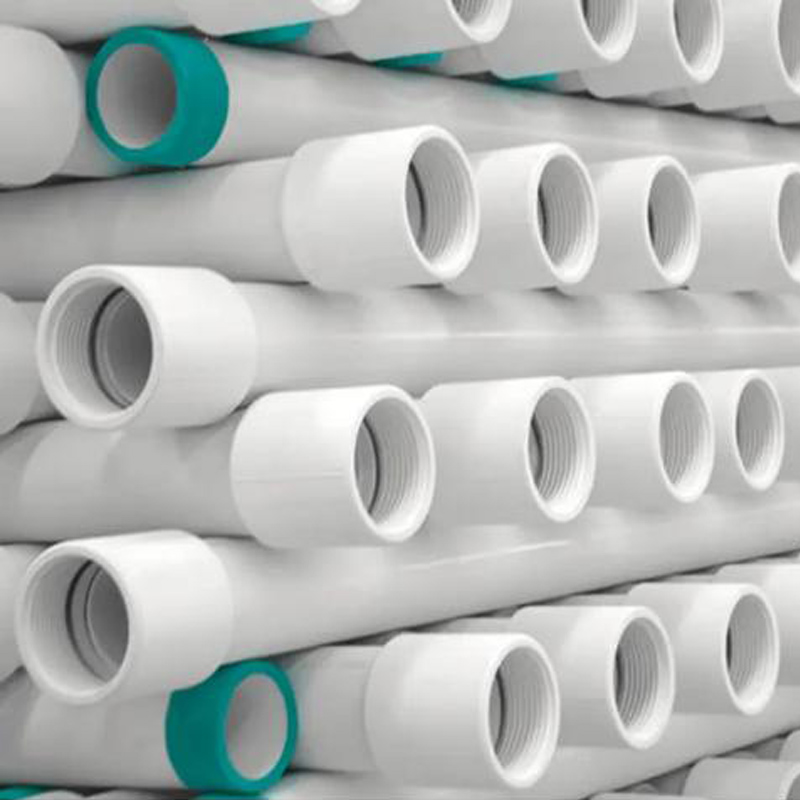Nov . 18, 2024 08:35 Back to list
HDPE to PVC Transition Coupling Solutions for Plumbing and Industrial Applications
Transition Couplings Bridging HDPE and PVC
In the realm of plumbing and piping systems, the use of different materials is often necessary due to various environmental and operational demands. High-Density Polyethylene (HDPE) and Polyvinyl Chloride (PVC) are two commonly used materials, each offering unique benefits. However, transitioning from one material to another, especially in a network of pipes, requires specialized fittings known as transition couplings.
Understanding HDPE and PVC
HDPE is known for its high strength-to-density ratio, making it an excellent choice for a wide range of applications, particularly in industries that require durability and flexibility. It is resistant to impact, moisture, and chemicals, making it ideal for water supply, drainage systems, and even industrial applications.
Conversely, PVC is favored for its rigidity, cost-effectiveness, and resistance to corrosion and environmental degradation. PVC is often used in residential plumbing, drainage systems, and various construction scenarios. However, the rigidity of PVC can sometimes limit its application in flexible installations.
Need for Transition Couplings
In many scenarios, the need arises to connect HDPE and PVC pipes. This is where transition couplings come into play. A transition coupling is a fitting designed specifically to join pipes made of different materials. These couplings are critical in ensuring a seamless connection that maintains the integrity of the piping system while minimizing potential leaks and failures.
Features of Transition Couplings
Transition couplings are designed with flexibility and strength in mind. They typically incorporate various styles to accommodate the specific requirements of HDPE and PVC, such as
hdpe to pvc transition coupling products

1. Material Compatibility Made from materials that can effectively bond with both HDPE and PVC, these couplings ensure a secure fit that can withstand pressure and temperature variations. 2. Ease of Installation Transition couplings often employ simple installation methods, such as compression fittings or mechanical joints, allowing for quick and efficient assembly in the field.
3. Sealing Mechanism A robust sealing mechanism is crucial to preventing leaks. Many transition couplings utilize gaskets and O-rings made from durable materials to ensure a tight seal.
4. Versatility Available in various sizes and configurations, transition couplings can cater to different pipe diameters and are suitable for both residential and industrial applications.
Advantages of Using Transition Couplings
The use of transition couplings offers several advantages. They allow for the efficient integration of diverse piping materials, thereby extending the lifespan of the overall plumbing system. Additionally, they can help reduce costs by allowing existing infrastructure to be adapted rather than replaced entirely.
Moreover, the transition from HDPE to PVC or vice versa can significantly enhance the efficiency of water flow and pressure stability within the system, ensuring that operational standards are met without excessive downtime.
Conclusion
In summary, the development and use of HDPE to PVC transition couplings are imperative in modern piping solutions. By providing reliable connections between differing materials, these couplings ensure that systems remain effective and sustainable. As industries evolve and demands change, the innovation surrounding transition couplings will undoubtedly play a crucial role in meeting future plumbing and infrastructure challenges.
-
High-Quality PVC Borehole Pipes Durable & Versatile Pipe Solutions
NewsJul.08,2025
-
High-Quality PVC Perforated Pipes for Efficient Drainage Leading Manufacturers & Factories
NewsJul.08,2025
-
High-Quality PVC Borehole Pipes Durable Pipe Solutions by Leading Manufacturer
NewsJul.08,2025
-
High-Quality PVC Borehole Pipes Reliable PVC Pipe Manufacturer Solutions
NewsJul.07,2025
-
High-Quality UPVC Drain Pipes Durable HDPE & Drain Pipe Solutions
NewsJul.07,2025
-
High-Quality Conduit Pipes & HDPE Conduit Fittings Manufacturer Reliable Factory Supply
NewsJul.06,2025

